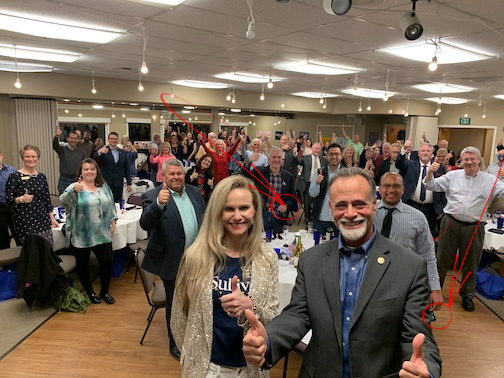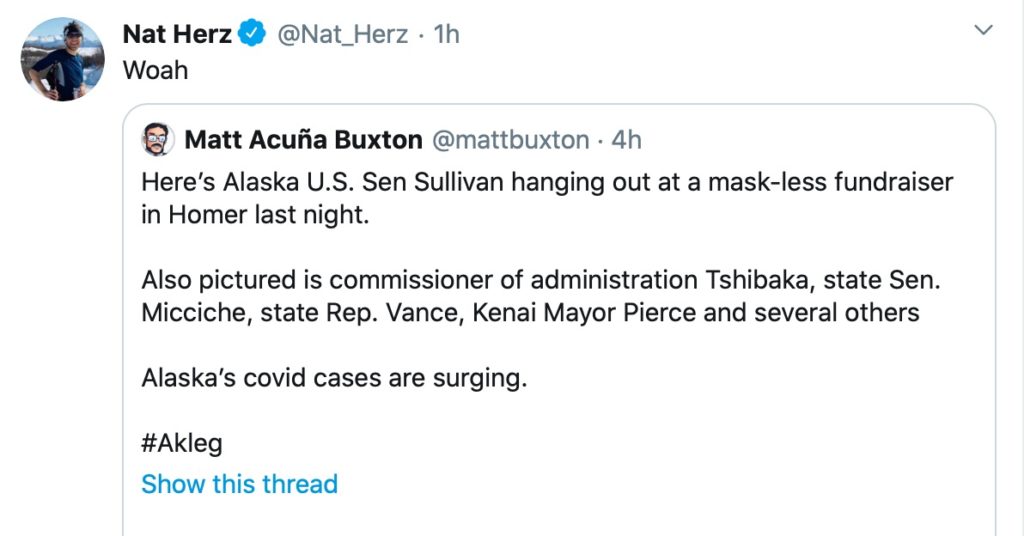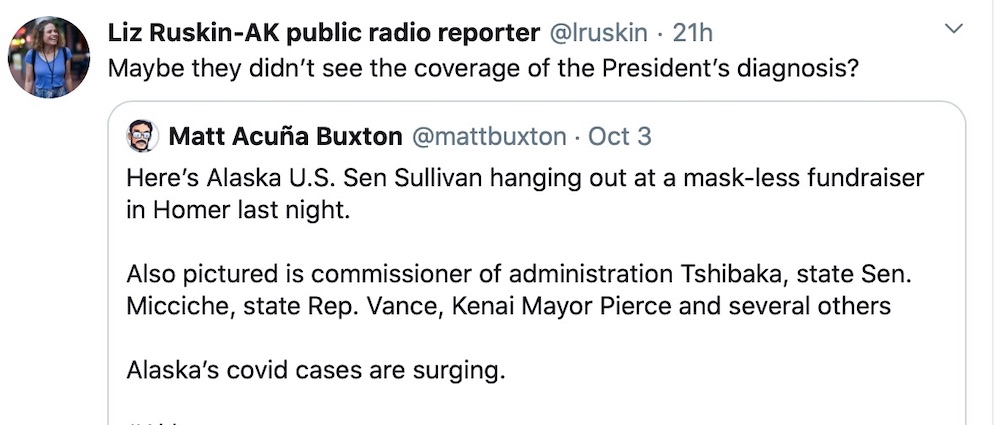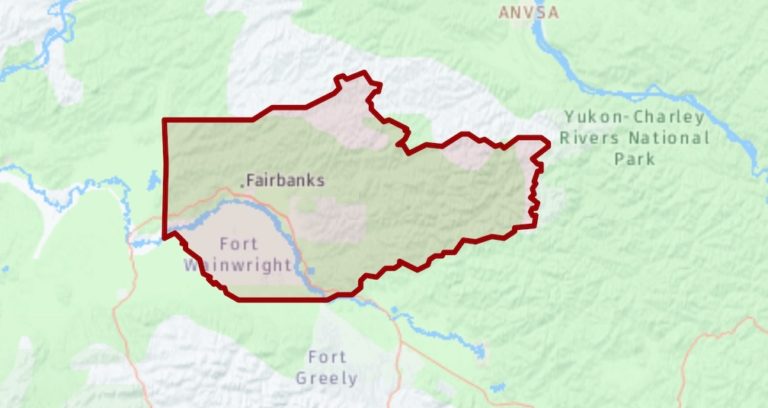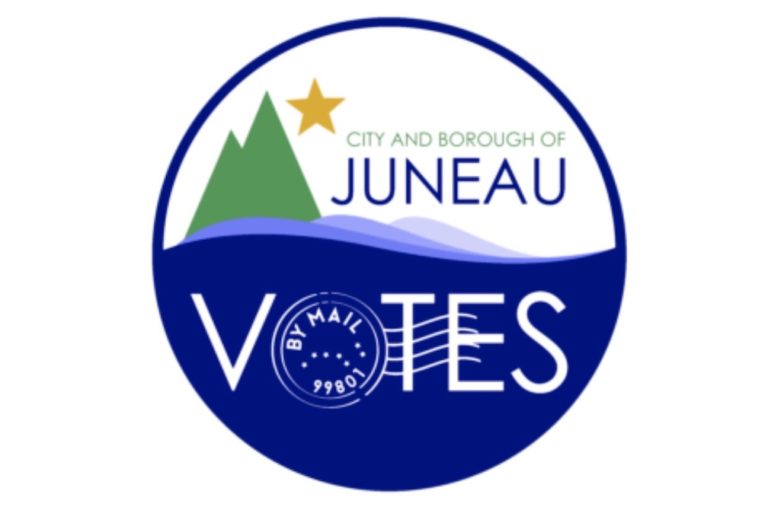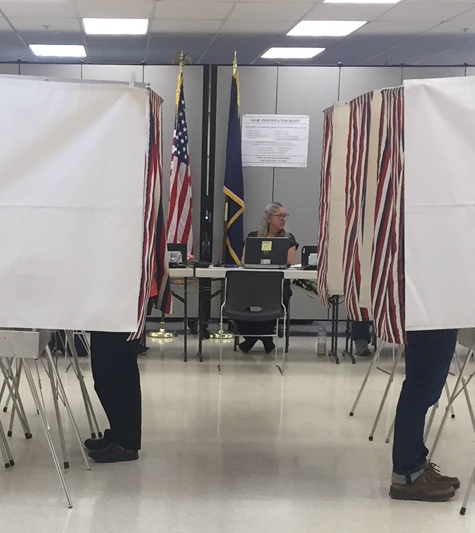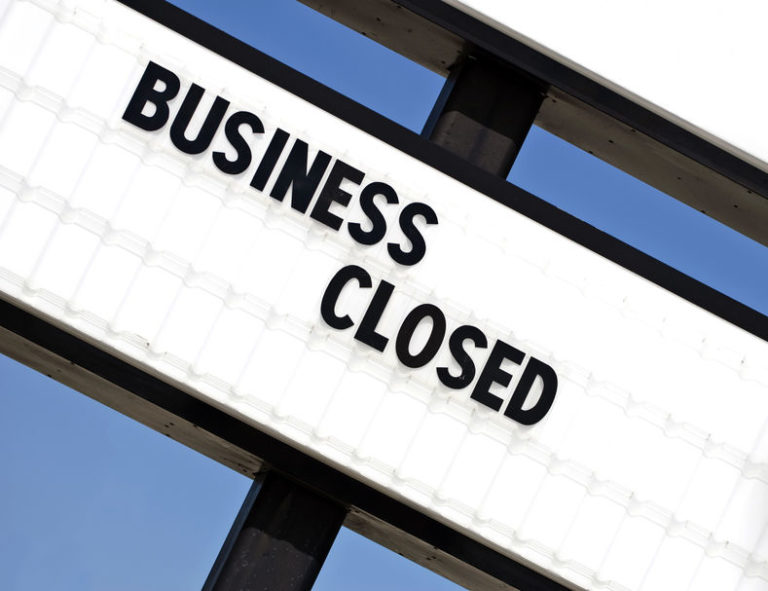By SCOTT LEVESQUE
The Fairbanks North Star Borough Elections are Tuesday, Oct. 6. A brief look at each race, keying in on significant platform issues each candidate is running on:
ASSEMBLY SEAT D
- Donald Crocker
- Chris Ludtke
- Tammie Wilson
Donald Crocker’s catalyst for running centers around opposing Gov. Dunleavy’s budget cuts. Crocker focuses on education, diversity, equity, inclusion programs, environmental programs, and private-nonprofit partnerships. Crocker is a member of the Green Party.
Chris Ludtke’s platform is to prevent theft and negative rights. Ludtke describes theft as anything ranging from property or income tax to a state tax. What are negative rights? Ludtke says people need freedom from interference from others. He is a member of the Libertarian Party.
Tammie Wilson, former Assembly member from 2008-2009 and former state Representative, believes Fairbanks/North Pole needs to reopen, including businesses and schools. Wilson’s concern is providing a vibrant community that helps people and local businesses get back on their feet without adding additional financial stressors to families, such as taxes. Wilson is a fiscal conservative and a Republican.
ASSEMBLY SEAT E
- Jimi Cash (incumbent)
- Shaun Tacke
Current Assembly Seat E representative Jimi Cash is a fiscal conservative and believes the unfair tax burden on local property owners needs to be shared. His small-government mindset and fiscal conservative ideologies act as the lens for which he makes decisions. Cash is a Republican.
Shaun Tacke was previously an Assembly member. Tacke believes in spreading the tax burden across the board, increasing education expenditures, and reversing Fairbanks’ 3% population decrease a year. Tacke is a Democrat.
ASSEMBLY SEAT H
- Aaron Lojewski (incumbent)
- Ryan L. VanReenan
Aaron Lojewski is seeking reelection for Assembly Seat H with a platform centered on fiscal conservative ideas, including setting aside 9% a year in borough taxes for deferred maintenance. He is a private property advocate with a smaller government focus. Lojewski is a Republican.
Ryan L. VanReenan is a first-time candidate looking to invest heavily in the borough’s education system. He believes the population decline is due to poor education, unemployment, and a lack of proper investment back into the community. VanReenan is a Democrat.
SCHOOL BOARD SEAT E
- Tim Doran (incumbent)
- Jeffrey Rentzel
Tim Doran is a life-long educator as a teacher and administrator. Doran continues to run on his 5 “C’s” of education: Competent, confident, caring, curious, contributing citizens. Doran is a registered nonpartisan.
Jeffrey Rentzel decided to run for School Board because he is disgusted with the current state of education in Fairbanks. Rentzel wants to help refocus the board and stop the drop in test scores. Rentzel believes the schools need to reopen – sooner rather than later. Rentzel is a Republican.
SCHOOL BOARD SEAT F
- Brianna Gray
- Gregory Kahoe
- Sean Rice (incumbent)
- April Smith
Brianna Gray wants to be an advocate to empower student voice within the schools. Gray believes funding is the key to better education, including professional development opportunities. Gray believes diversity in leadership is the key to future success. Gray is an undeclared voter.
Gregory Kahoe’s platform focuses on improving education outcomes, increasing teacher workforce, and personalized learning. Kahoe believes funding and resources should go to those students requiring more attention. He believes research, not fads, should be the focus of the School Board. Kahoe is an undeclared voter.
Sean Rice is seeking reelection to the School Board, and his primary reason is consistency. That’s one way to describe Rice, who has been on the School Board for twelve years. Rice is passionate about ensuring students from the village have the resources necessary to navigate the English language curriculum successfully. Rice is a registered Democrat.
April Smith sees COVID-19 as the biggest issue facing the school district. As a mother of ten, including six children in the school system, Smith believes identity politics and politicization has overtaken the education system. She wants to improve teacher resources in hopes of increasing the borough’s 24% proficiency rate. Smith is a Republican.
SCHOOL BOARD SEAT G
- Brandon Boylan
- Maggie Matheson
Brandon Boylan is a political science professor at the University of Alaska Fairbanks. Boylan believes advocacy for funds and improved communication between the district and board is vital for quality education. Boylan feels his experience with budgeting, policy analysis, and curriculum formation will be an asset to the School Board. Boylan is a Democrat.
Maggie Matheson sees her role on the School Board as a bridge between the administration and the teachers. Matheson has three boys in the school system, and her concern is Alaska’s abysmal test scores compared to the rest of the country. She is a member of the Veterans Party.
The Assembly sample ballot is at this link.
ORDINANCE 6125
This election cycle, Fairbanks residence will be voting on whether or not to approve a $1.5 million loan from the state to improve the wastewater treatment plant.
Proposition A will ensure Golden Heart Utilities, the company the manages the city’s wastewater treatment plant, has the required finances needed to update the facility. If ratified, the city will receive a pass-through loan from the Alaska Clean Water Fund of $1.5 at 1.5% interest over ten years.
Proponents of Prop A believe funding for Golden Heart Utilities is vital to long-term maintenance and upgrades to both the treatment plant and the piping improvement project.
Those campaigning against Prop A want more transparency, less liability, and a better understanding of the potential fallout if Golden Heart Utilities cannot fulfill its payment obligations.

